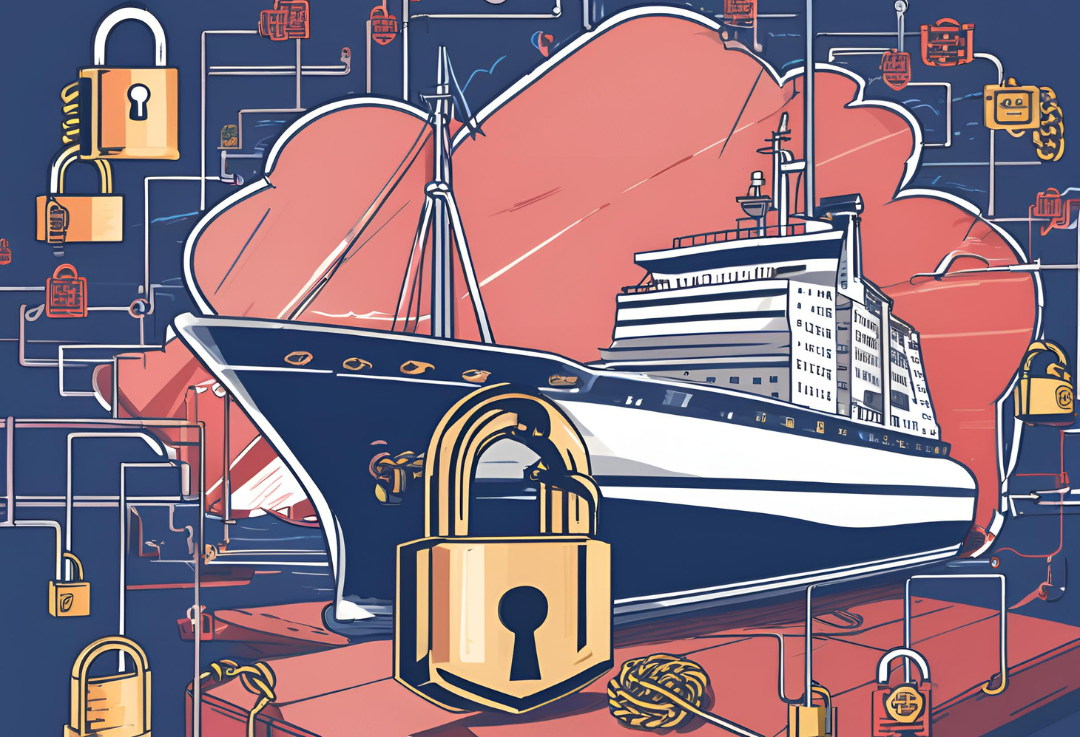Training and Awareness: Preparing Your Crew for Cybersecurity Challenges
In today's digital age, the maritime industry faces increasing cybersecurity threats that can compromise the safety and operations of vessels. To combat these threats, training and awareness programs for crew members are crucial.
Importance of Training Programs
Compliance with Regulations
Adhering to standards like IACS E26/E27 ensures vessels meet international cybersecurity requirements. Compliance reduces the risk of non-compliance penalties and insurance complications. These standards mandate specific security measures, such as access controls, network security protocols, and incident response plans, which must be understood and implemented by the crew. Training programs help crew members understand these regulations and their practical application, ensuring the vessel operates within legal and regulatory frameworks.
Enhancing Cyber Hygiene
Cyber hygiene refers to the practices and steps that users of computers and other devices take to maintain system health and improve online security. For crew members, this includes recognizing phishing attempts, understanding safe internet practices, maintaining strong passwords, and regularly updating software. Training can help the crew develop good habits, such as regularly changing passwords and recognizing suspicious emails or links. Enhanced cyber hygiene reduces the risk of accidental breaches and strengthens the overall security posture of the vessel.
Incident Response Readiness
In the event of a cyberattack, a quick and effective response is crucial to minimize damage. Training programs should include simulated cyberattack scenarios and drills that teach crew members how to identify an attack, contain it, and mitigate its effects. This training should cover the steps to take immediately following an incident, such as isolating affected systems, preserving evidence for investigation, and communicating with relevant stakeholders. Incident response readiness ensures that crew members can act swiftly and effectively, reducing downtime and mitigating the impact of an attack.
Key Components of Effective Training
Tailored Curriculum
Training should be relevant to the specific roles and responsibilities of crew members, addressing the unique challenges they might face onboard. For example, IT personnel might need advanced training on network security, while deck officers might focus more on recognizing social engineering attacks. A tailored curriculum ensures that each crew member receives the training most relevant to their duties, enhancing the overall security posture of the vessel.
Regular Updates and Drills
Cybersecurity is an ever-evolving field. Regular updates and simulated drills ensure the crew stays current with the latest threats and response strategies. Drills can simulate real-world attack scenarios, providing hands-on experience in a controlled environment. Regular updates keep the crew informed about new threats and vulnerabilities, ensuring they are prepared to address the latest challenges.
Interactive Learning
Engaging, hands-on training methods, such as workshops and interactive modules, can enhance retention and understanding of cybersecurity practices. Interactive learning allows crew members to actively participate in their training, making it more effective and memorable. Techniques such as gamification, where learning is incorporated into games or competitive activities, can make cybersecurity training more engaging and enjoyable.
Building a Culture of Security
Leadership Involvement
Management should lead by example, demonstrating a commitment to cybersecurity and encouraging a culture of vigilance and responsibility. When leadership prioritizes cybersecurity, it sends a clear message to the entire crew about its importance. Leaders should actively participate in training sessions, promote best practices, and ensure that cybersecurity is a key consideration in all operations.
Open Communication
Encouraging open communication about cybersecurity concerns and incidents helps foster a proactive approach to threat management. Crew members should feel comfortable reporting potential security issues or breaches without fear of retribution. An open communication culture ensures that issues are identified and addressed promptly, reducing the risk of significant damage.
Continuous Improvement
Regularly reviewing and updating training programs based on feedback and new threats ensures ongoing effectiveness and relevance. Continuous improvement involves evaluating the success of training programs, gathering feedback from participants, and making necessary adjustments. This approach ensures that training remains effective in addressing current threats and evolving cybersecurity challenges.
By prioritizing comprehensive cybersecurity training and awareness programs, maritime organizations can significantly enhance their defenses against cyber threats, ensuring the safety and security of their vessels and crew.





